The application of lithium batteries in daily life has suddenly expanded,
mainly due to the widespread use of smartphones, wearable devices, electric
bicycles and new energy vehicles. Over the years, there have been constant news
about how to use batteries, lithium battery explosions and other news, but among
them Often contains a lot of misleading information. In this article, we start
from simple applications to complex applications of lithium batteries.
To measure battery performance, there are several important indicators:
1. Charge and discharge rate: the higher, the better
"C is a special symbol that describes the charge and discharge current of a
battery. 1C discharge represents the current that takes the battery from full to
empty within 1 hour. The iPhone 6 battery capacity is 1810mAH, so the 1C
discharge current of this battery is 1.81 amps; Each battery used in the BYD e6
electric car has a capacity of 200AH, so the 1C discharge current of this
battery is 200 amps. If a battery is discharged at a high rate, it usually
releases less energy than at a low rate.
The amount of electricity released at different discharge rates
From the test results in the picture above, we can see that the energy
released by this power battery using 10C discharge is 85% of that under 1C
discharge, and the energy released using 20C discharge is only 70% of that under
1C discharge.
2. Number of charge and discharge cycles: the more, the better
500 times is a common value for lithium batteries. The number of charge and
discharge times of lithium batteries made of different materials ranges from
300-3000 times. The specific meaning of this value may be slightly different in
each factory, but it can be roughly understood as: according to the charge and
discharge rate specified by the manufacturer (for example, 1C discharge, 0.3C
charge; charge from 0% to 100% each time, and follow this cycle) , after 500
cycles, the battery capacity remains 80% of the original. The relationship
between the number of charge and discharge times and usage habits is huge. Let’s
give a few examples.
1. The influence of charge and discharge intensity on the number of
cycles
Factory label: Each time, charge from 0% to 100%, discharge at 1C, charge
at 0.3C, the capacity will decay to 80% after 500 times. This is the most
stringent test cycle. It does not need to be so strict. See below.
If each power cycle is between 25% and 75%, discharge at 1C and charge at
0.3C, the capacity will decay to 80% after 2000 times.
If each power cycle is between 50% and 100%, discharge at 1C and charge at
0.3C, the capacity will decay to 80% after 1800 times.
2. The impact of shallow charging and discharging on lifespan
Factory label: Each time, charge from 0% to 100%, discharge at 1C, charge
at 0.3C, and the capacity will decay to 80% after 500 times. This is the most
stringent test cycle. It does not need to be so strict. See below.
Each power cycle is between 25% and 75%. Discharge at 1C and charge at
0.3C. The capacity will decay to 80% after 2000 times.
Each power cycle is between 50% and 100%. Discharge at 1C and charge at
0.3C. The capacity will decay to 80% after 1800 times.
It can be seen from the above two examples that the smaller the charging
and discharging rate is, the more beneficial it is to improve the lifespan;
shallow charging and shallow discharging are also beneficial to improving the
lifespan.
3. Internal resistance: the smaller, the better
This parameter changes at any time with the load, temperature and other
factors. As the battery life decreases, the internal resistance gradually
increases. The smaller the internal resistance of the battery, the better it can
be charged and discharged at a high rate. The internal resistance of ordinary
18650 batteries is around 50mΩ, and the internal resistance of power-type 18650
batteries is around 15mΩ. If you want to know the internal resistance, you need
to use special equipment to measure it, and ordinary multimeters will not
work.
Tools for measuring battery internal resistance
4. Battery consistency
The higher the consistency in capacity, internal resistance, and charge and
discharge curves of batteries produced using the same materials and processes,
the better. Whether batteries can be assembled into battery packs on a large
scale is very critical. The larger the battery pack, the higher the consistency
requirements.
On the following pages we will rank the application in order of
difficulty:
1. Lithium batteries in mobile phones, tablets, and wearable devices
2. Lithium batteries in laptops and mobile power supplies
3. Lithium batteries in electric bicycles
4. Lithium batteries in electric vehicles
Introduce some knowledge respectively, so that the paging is sorted from
small to large according to the battery size.
I. Lithium batteries in mobile phones, tablets, and wearable devices
Why is this field the easiest? Because there is only one lithium battery in
these devices, and they are basically ternary lithium batteries. Ternary means
three elements: nickel, cobalt, manganese, and the cathode material Li (NiCoMn)
O2 of this lithium battery. They are not exactly the same. The ratio of the
three elements will be adjusted according to the usage requirements.
1. Charge and discharge rate
Batteries used in digital devices usually have very low requirements on
this. It’s hard for you to use a fully charged mobile phone until it
automatically shuts down within an hour, right? No one would design a digital
device with a battery life of only 1 hour. They can last at least 3 hours, so
the discharge rate of the battery is about 0.3C to meet the demand. The charging
requirements are often very low. Usually, everyone can accept a digital device
that is fully charged in 3-4 hours, so the charging requirements for the battery
are It is also about 0.3C.
Regardless of whether it is domestically produced or imported lithium
batteries such as Panasonic and Samsung, 1C discharge is the minimum
specification. The battery discharge requirements of digital equipment are far
lower than the general standards of the battery industry. The charging rate is
roughly equivalent to the basic indicators that the battery industry can
currently achieve. If there is no extremely special design, there is generally
no need to worry.
OPPO’s battery flash charging feature puts forward higher requirements for
charging
Recently, there have been special cases in the mobile phone industry. OPPO,
as a representative, has proposed the feature of fast charging, which actually
places special demands on battery manufacturers. Taking OPPO's latest N3 as an
example, VOOC flash charging promises to charge 75% of the battery in 30
minutes. This works out to a charging current of 1.5C, which is 10 times the
charging rate of ordinary mobile phone batteries. It makes sense that the N3 is
priced at 3,999 yuan. At least this battery will be one or two times more
expensive than ordinary batteries.
Read recommendations:
402030 180mAh 3.7V
48V lithium ion battery protection board
How to charge the new battery
602248 battery company
1.2V NiMH battery

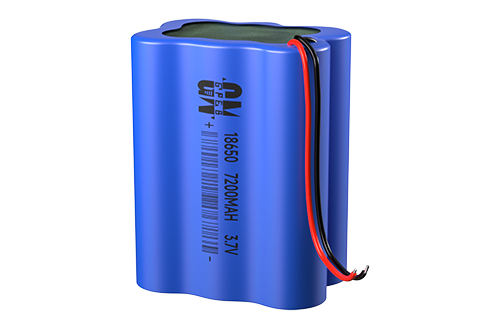

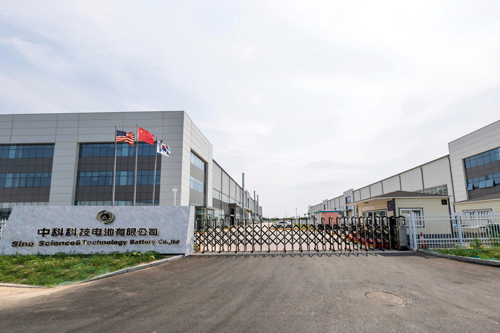



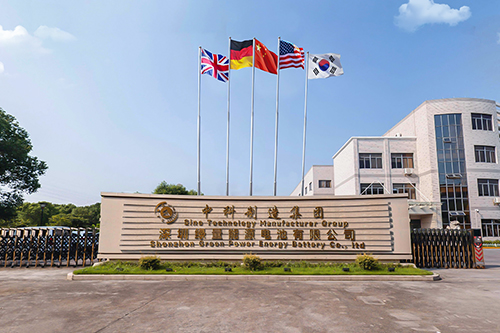

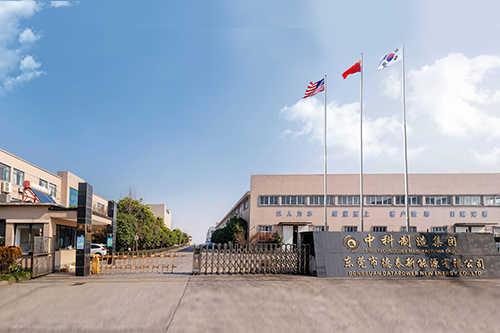










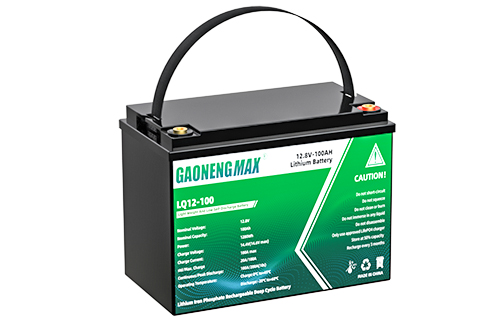


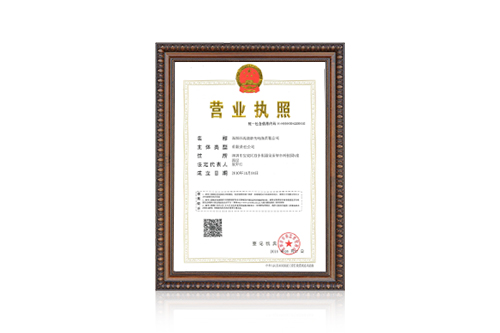

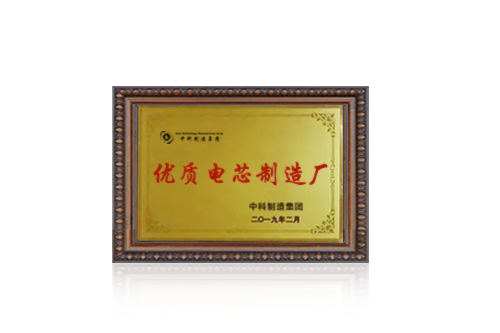
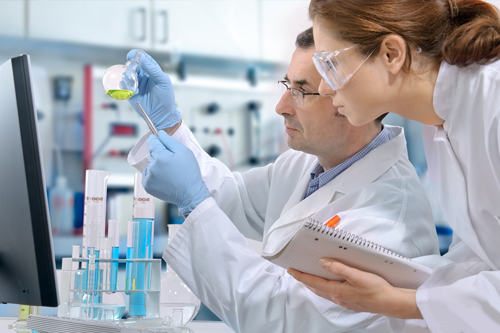
















 360° FACTORY VR TOUR
360° FACTORY VR TOUR
 Whatsapp
Whatsapp
 Tel
Tel Email
Email TOP
TOP